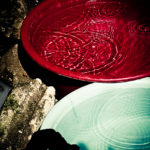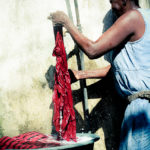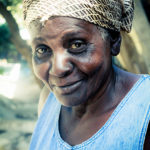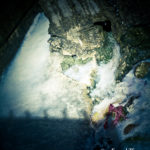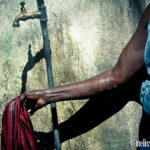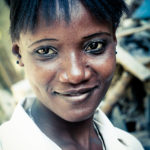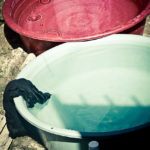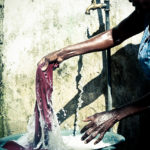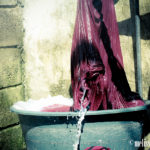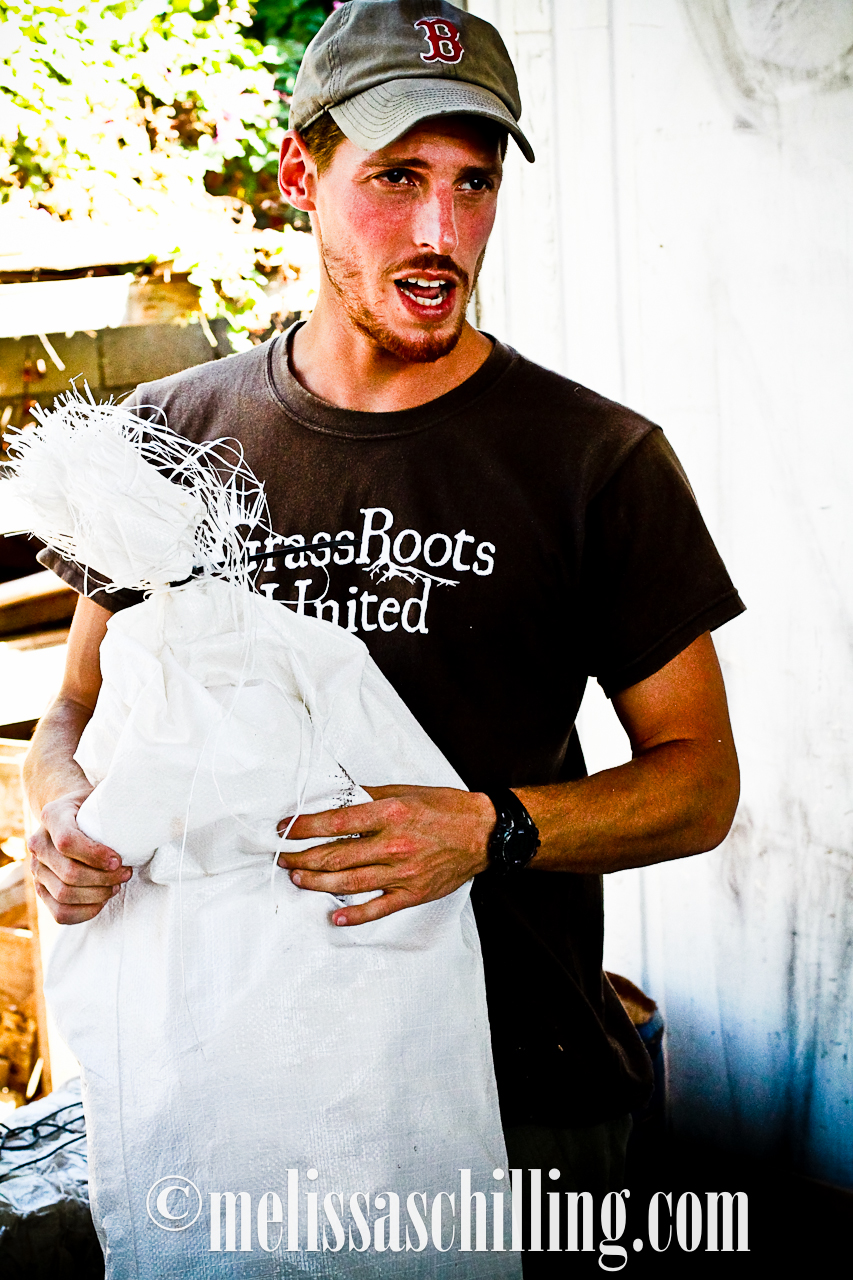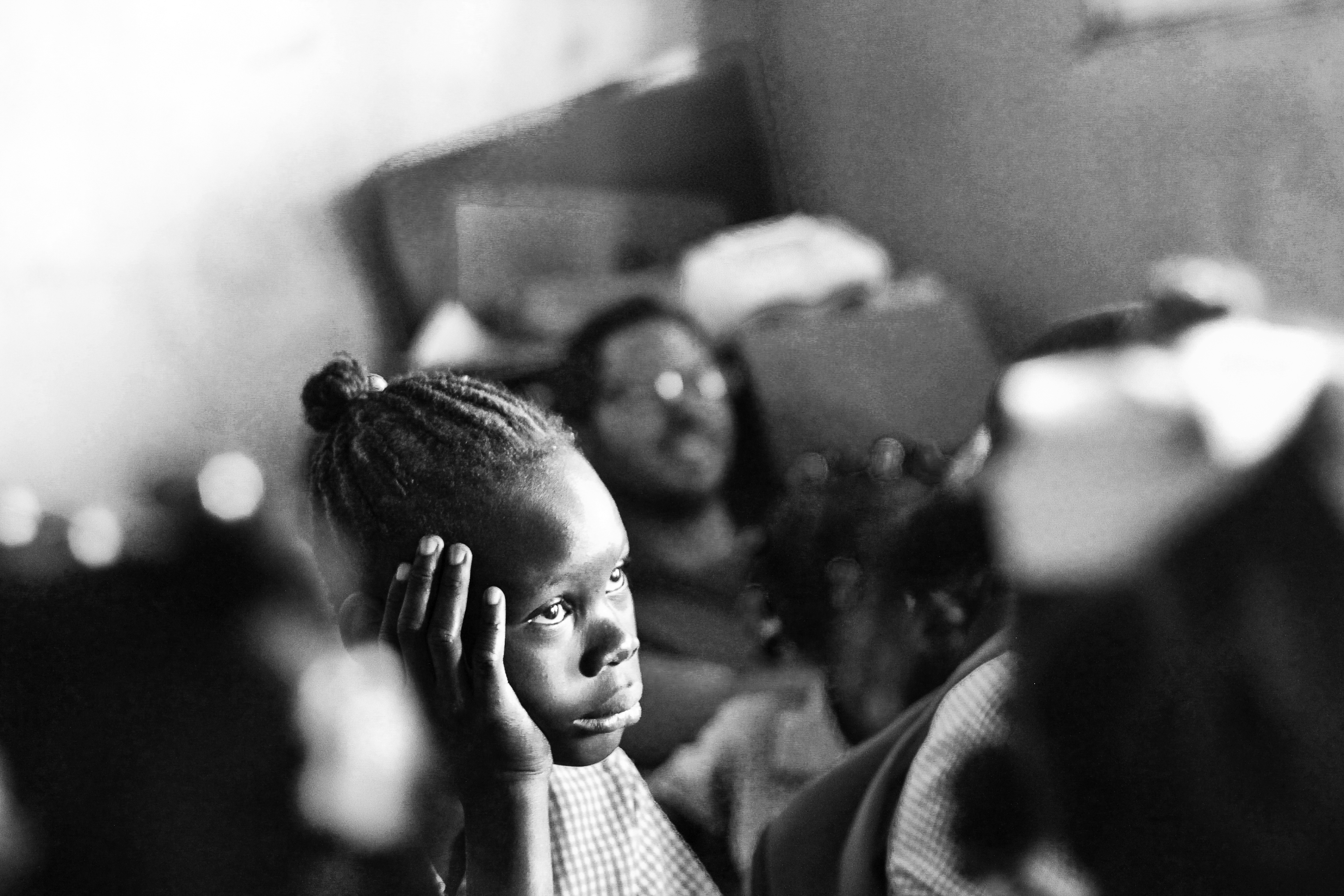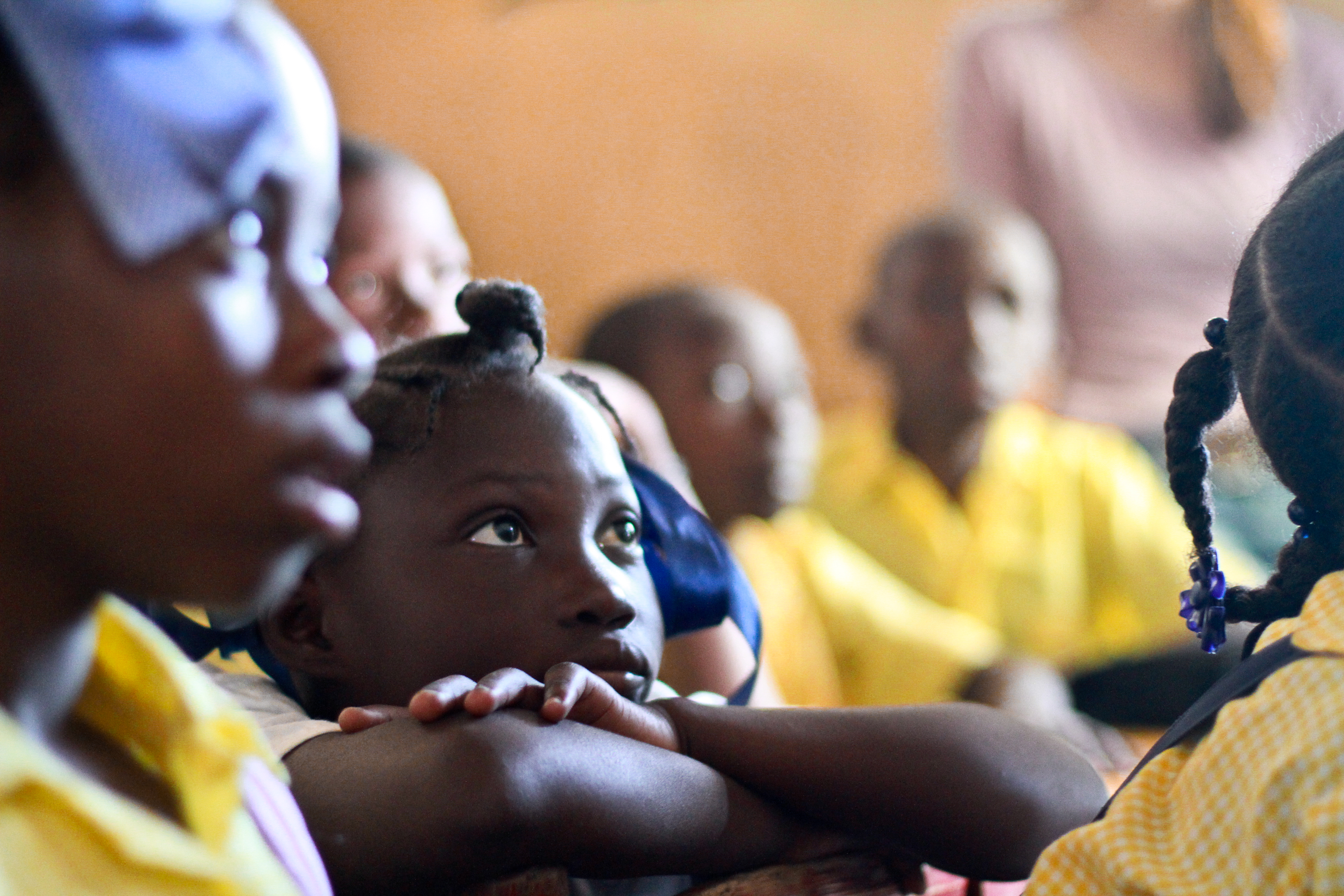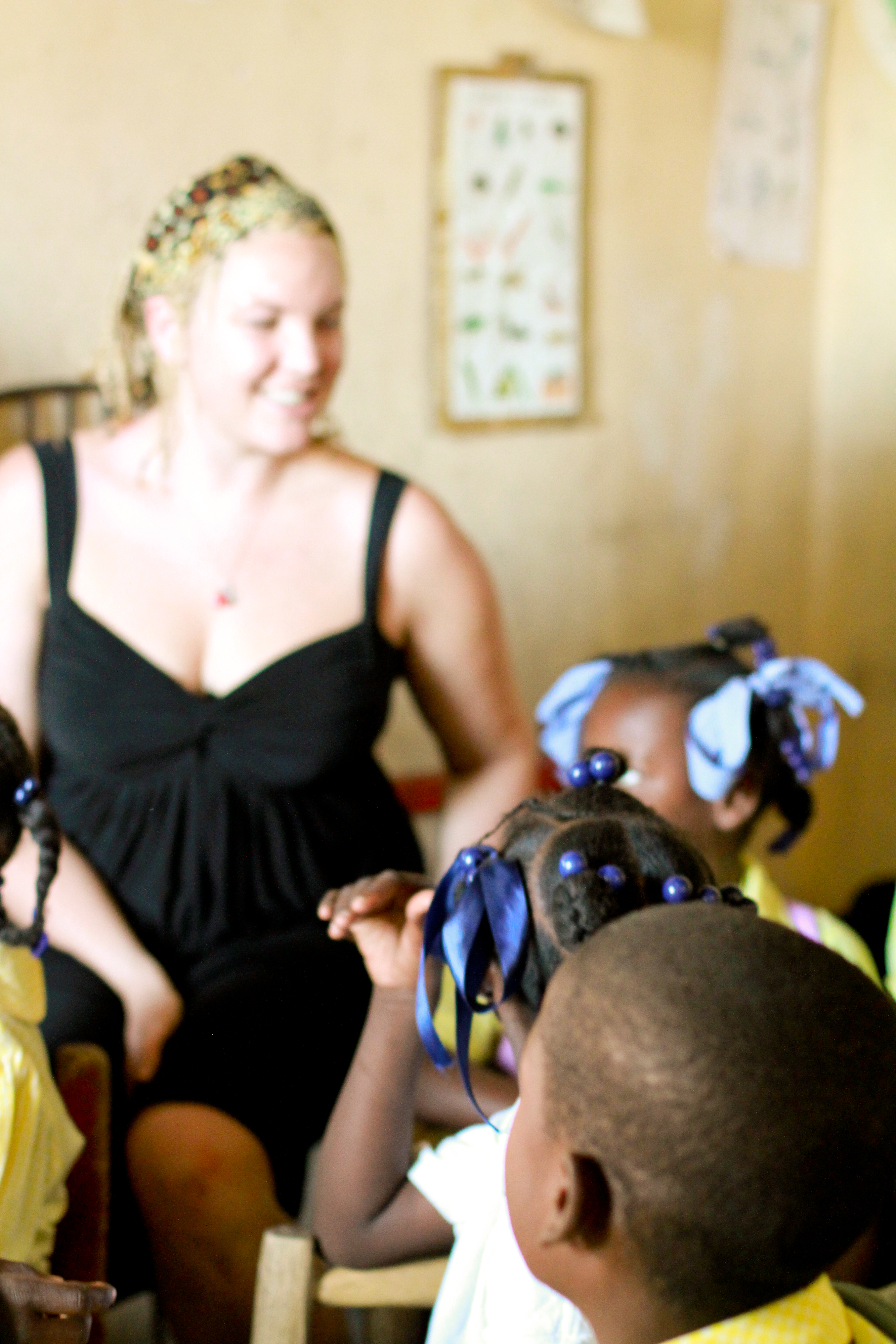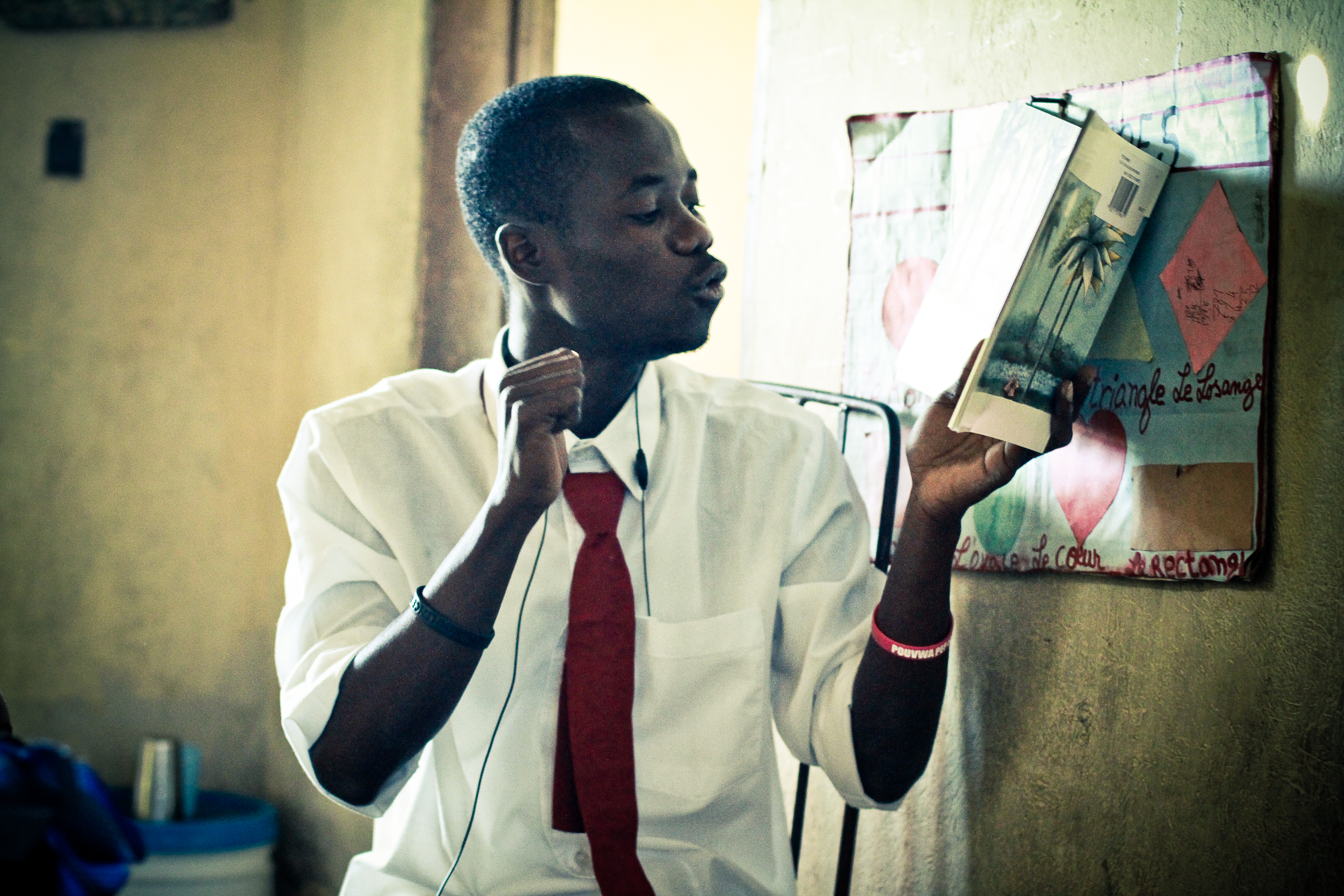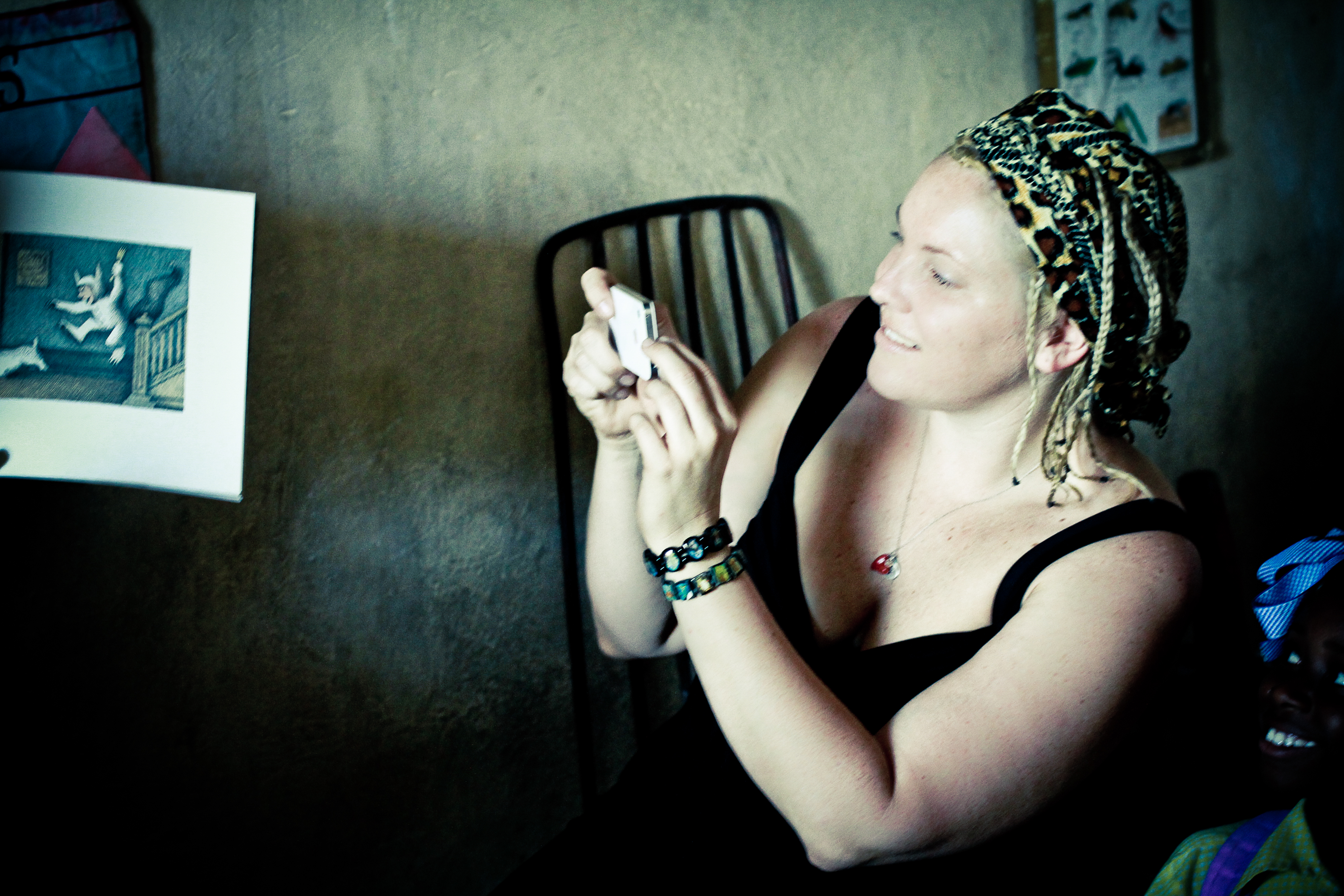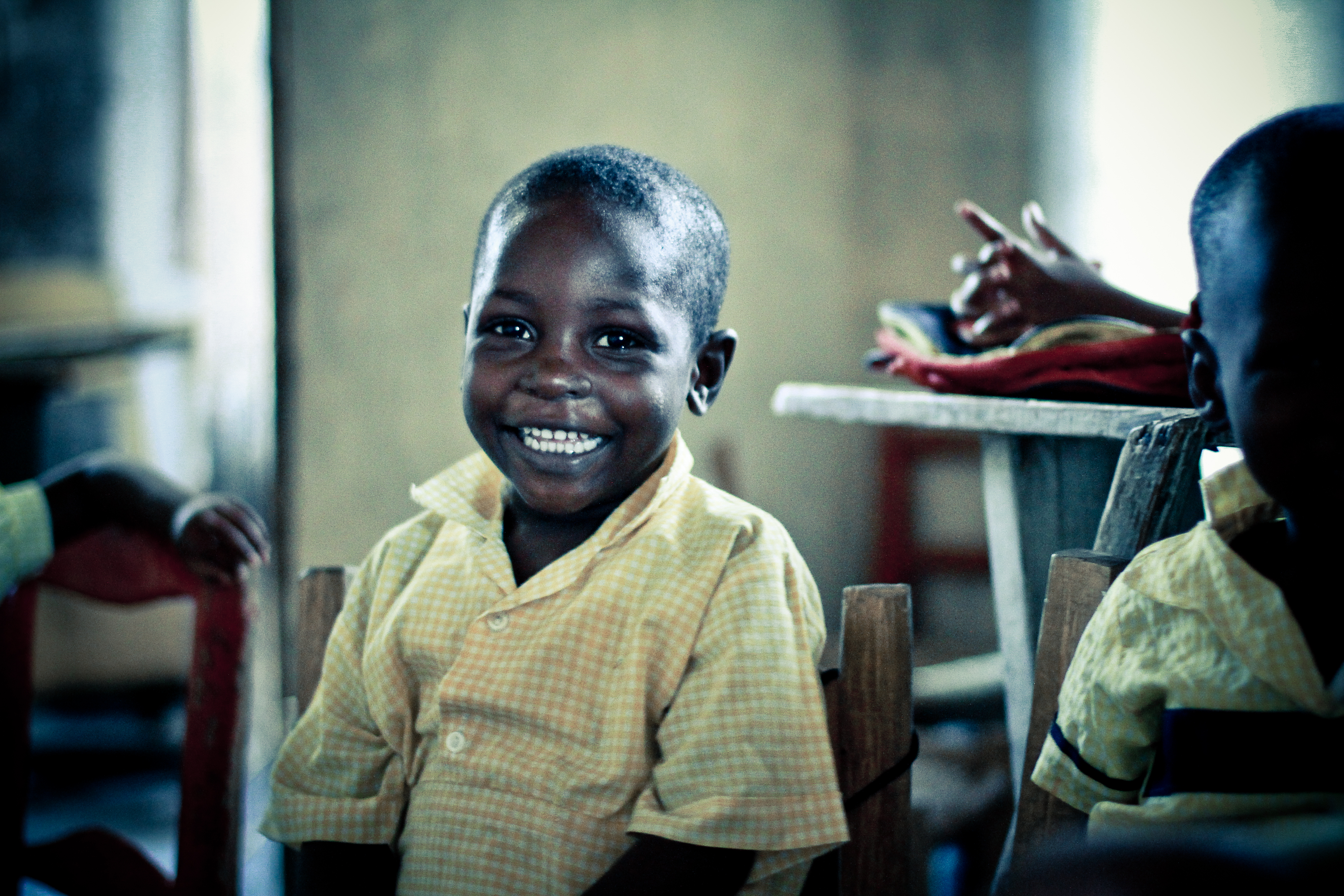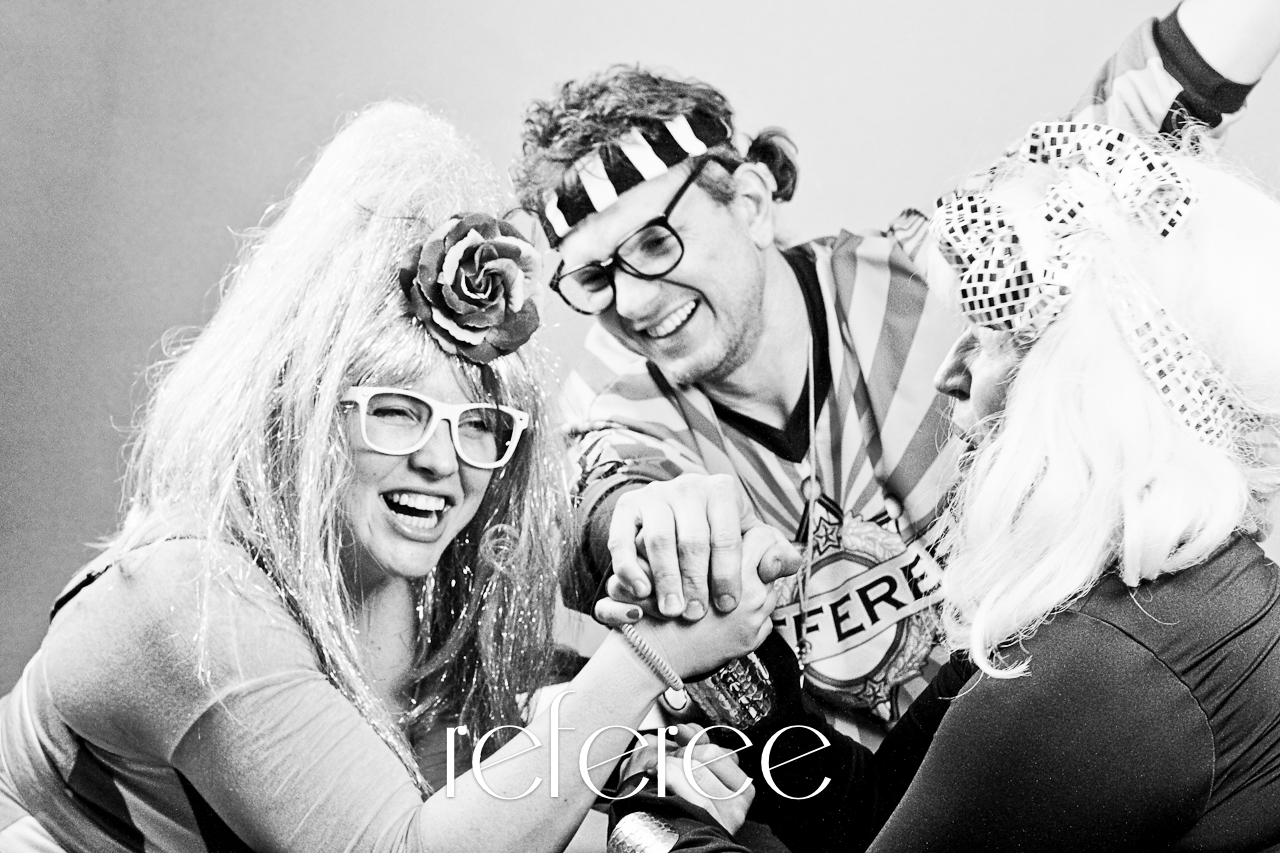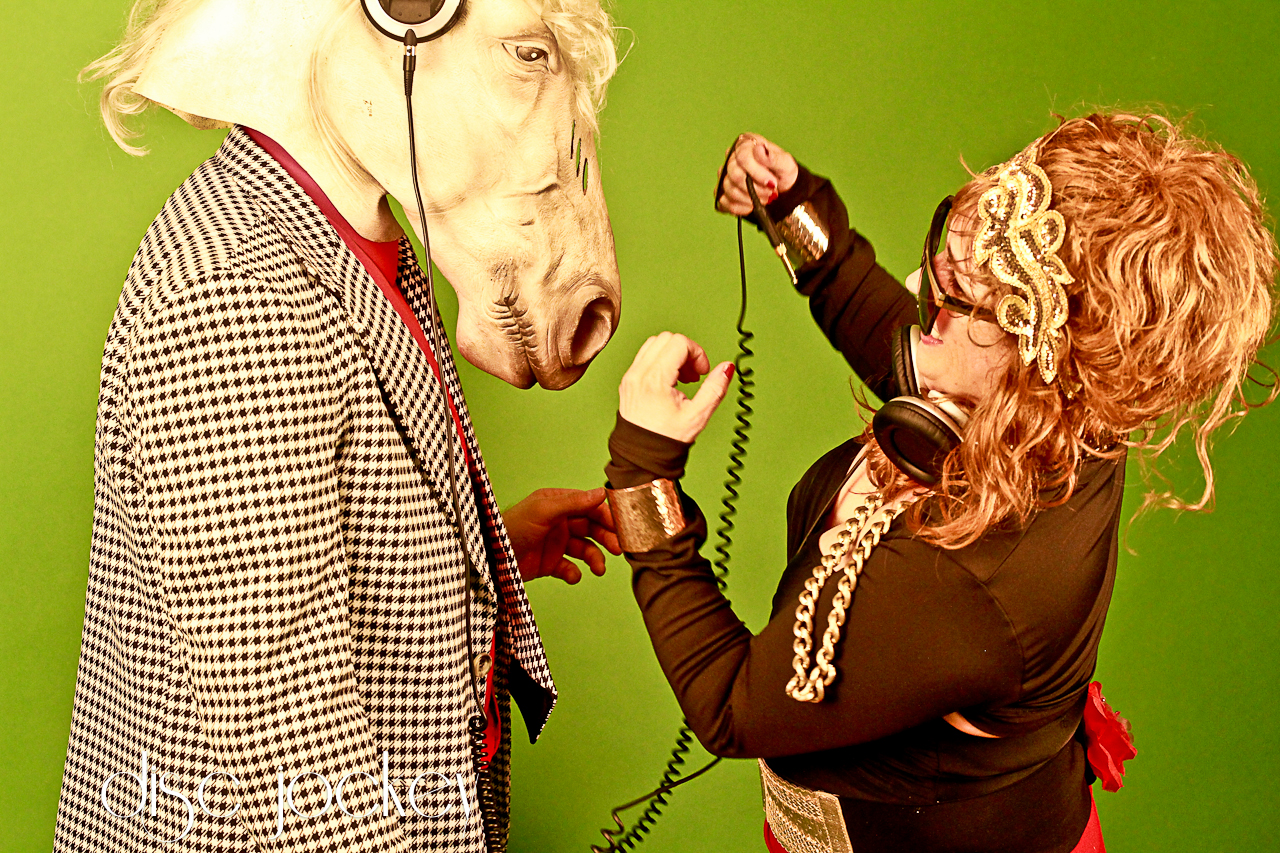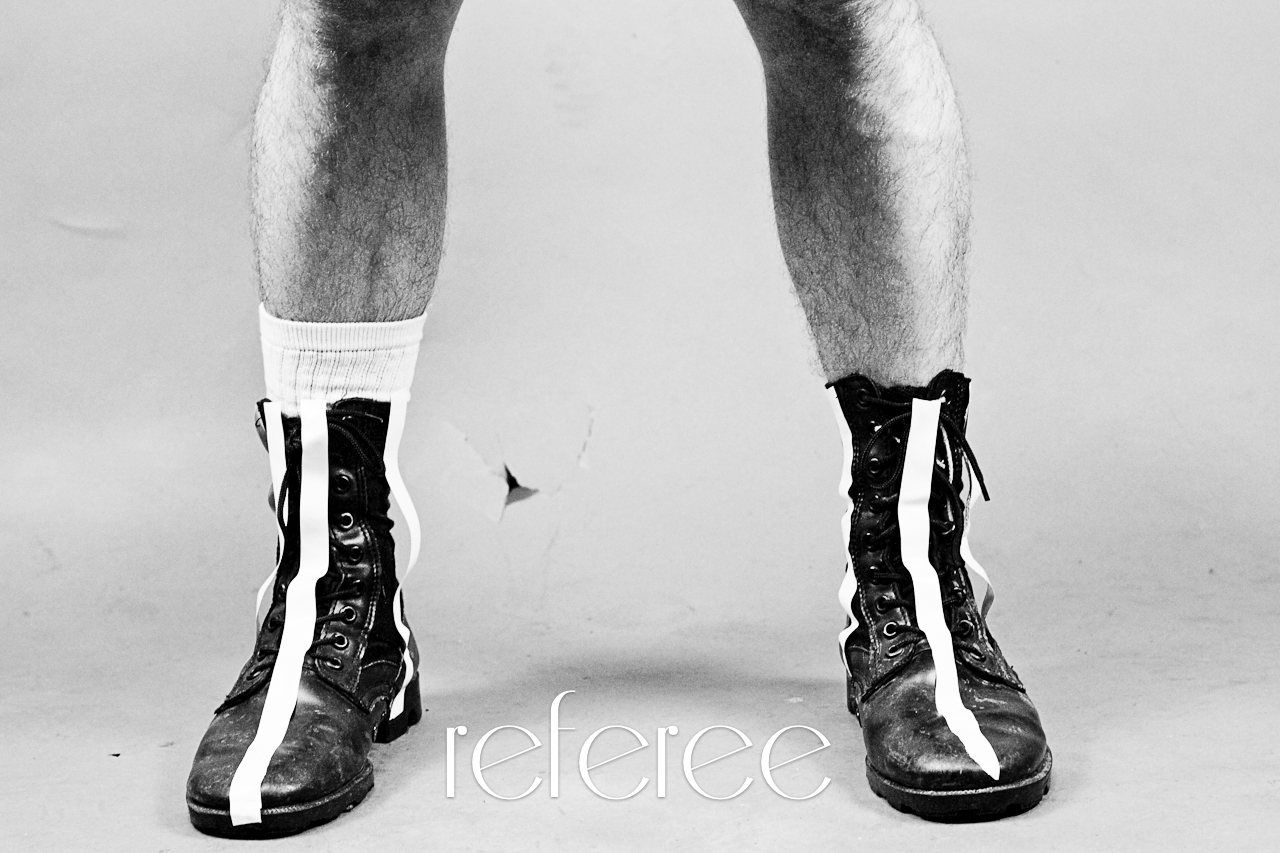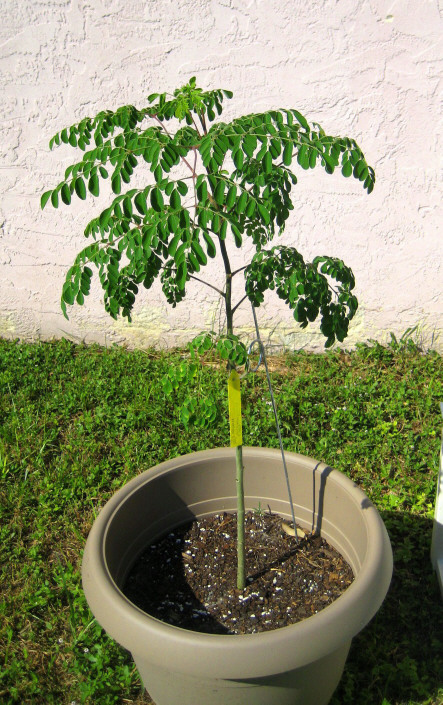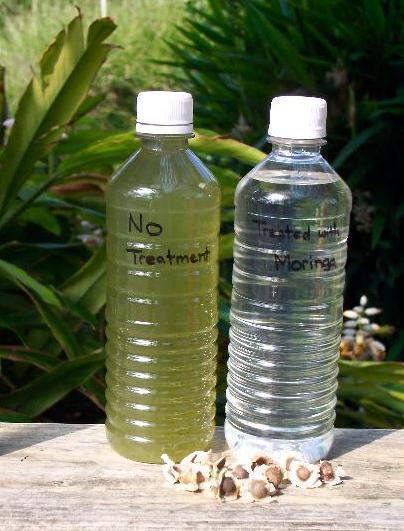Haiti faces key challenges in the water supply and sanitation sector:
* Haiti’s coverage levels in urban and rural areas are the lowest in the hemisphere for both water supply and sanitation. Sewer systems and wastewater treatment are nonexistent.
* In rural areas those without access to an improved water source got their water primarily from unprotected wells (5%), unprotected springs (37%) and rivers (8%). In urban areas those without access to an improved source got their water from “bottled water” (20%), from carts with drums (4%) and unprotected wells (3%).
* According to the Demographic and Health Survey 2006, 10% of those living in urban areas and 50% of those living in rural areas defecated in the open.
* In almost all urban areas water supply is intermittent.
* In January 2010 parts of Haiti including the capital were hit by a massive earthquake. More than 1.5 million people were displaced and had to live in refugee camps without piped water supply or sanitation, where most of them still live.
* The main public institution in the Haitian water sector is the National Directorate for Water Supply and Sanitation in the Ministry of Public Works, called DINEPA after its French acronym (Direction Nationale d’Eau Potable et d’Assainissement).
* Some of the NGOs active in drinking water supply in Haiti are:
Action Contre la Faim (French),
the Association haïtienne pour la maîtrise des eaux et des sols (ASSODLO) (Haitian).
CARE (US),
the Comité Protos Haïti (Haitian),
le Groupe de recherche et d’échanges technologiques (GRET) (French),[10]
Helvetas(Swiss),
Inter Aide (French),
International Action (US),
Oxfam (UK and Canada),
the Pan American Development Foundation (linked to the Organisation of American States)
World Vision (US).
